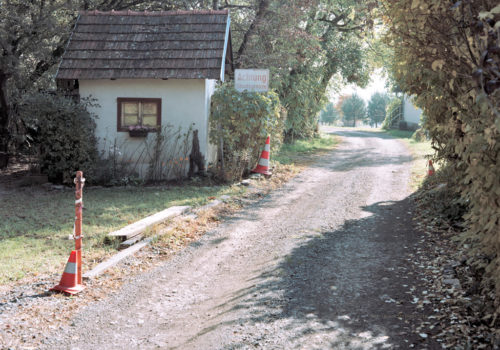The “After Schengen” project shows old border crossing points between different states in the European Union. After the Schengen agreement, most of these old checkpoints remain abandoned and out of service, allowing us to gaze into the past from the present. It causes many reflections, specially in a moment that EU project it is severely discussed.
These places that previously the Schengen treaty, delimited territories and in which the traveler had to stop and show his documents, currently appear as abandoned places, located in a space-time limbo, out of use and out of the time for which they were designed, as these states have opened their borders to the free movement of people.
















